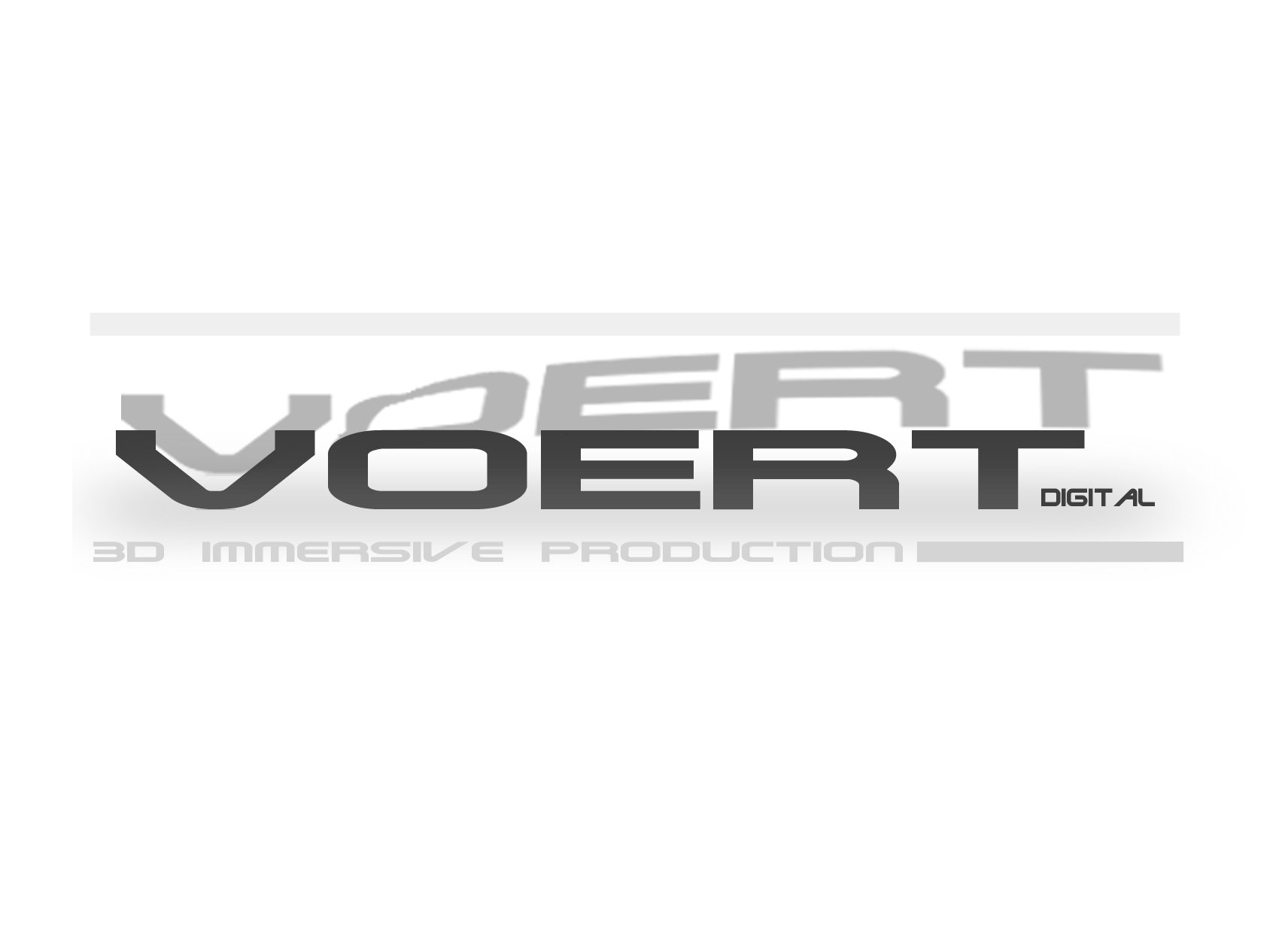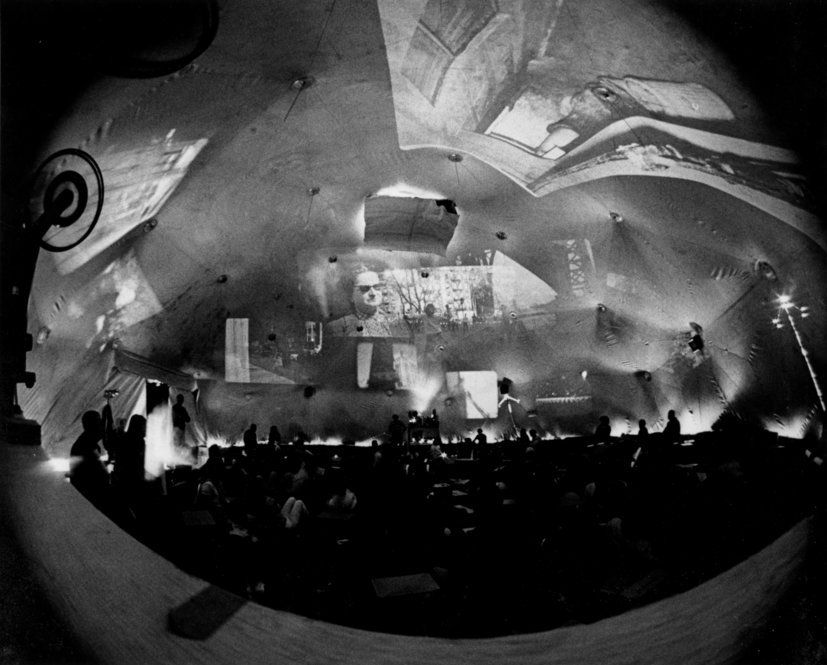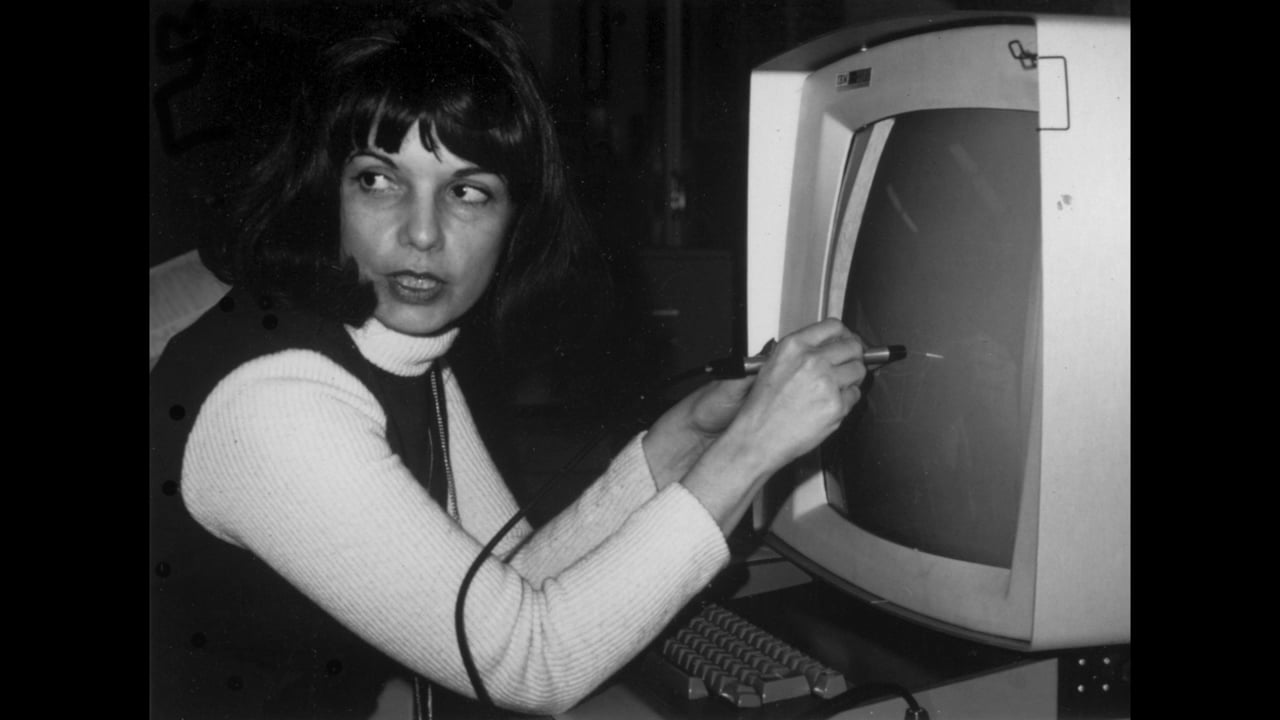Visual Music
Harry Everett Smith 1923 - 1991
Harry Everett Smith was a visual artist, experimental filmmaker, ethnomusicologist, bohemian, mystic, and largely self-taught student of anthropology. Moving from the West coast, Smith became an important figure in the Beat Generation scene in New York City, and was well known, for his use of mind-altering substances and interest in esoteric spirituality, and Enochian (the so-called language of angels). He was also noted for his collections of folk music , Ukrainian Easer Eggs and paper airplanes - the latter were donated to the Smithsonian National Air & Space Museum in Washington DC.
Early Abstractions (1946-47) required dedicated screens, and Smith was noted for working on single projects for long periods, even decades.
Nikolai Foregger 1892 - 1939
Nikolai Foregger was a Russian drama director and experimental dance creator best know for his highly controversial 'Mechanical Dances' (1923). Foregger created his own vision of modernist dance which was equally noted for its soundtrack that used struck metal, glass and other objects to create perhaps one of the first musical pieces that would nowadays fall into the 'Industrial genre.
Jordan Belson 1926 - 2011
Jordan Belson was was an Californian artist and abstract cinematic filmmaker who created non-objective works spanning six decades, and like Harry Smith was often spiritually oriented. He believed that instruments that produced images were an extension of the mind. Also of the Beat generation active in San Francisco, Belson often accompanied his films with the avant-garde music of H S Jacobs and Karlheinz Stockhausen most notably the legendary Vortex Concerts (1957) held in the truly immersive Morrison Planetarium San Francisco and involved a multitude of projections and speakers.
More information is available at The Centre For Visual Music
Peter Kubelka b1934
Austrian born Kubelka expressed himself in 16mm experimental short films as well as architecture, music and writing. He is best known for his 1960 film Arnulf Rainer, a "flicker film" which alternates black and clear film that once projected creates a strobe "flicker" effect (right). Kubelka designed the 'Invisible Cinema' in in New York which was soundproof with steeply raked black seating , and black floors and walls. Each seat was partitioned from the next to complete the notion of isolation and to train the viewers attention on the screen.
In 1966 Kebula made the avant-garde classic Unsere Afrikareise 'Our trip to Africa'. Originally commissioned as a travel log of a couple's wild game hunt, he took over 5 years to edit the footage and sound recordings into a controversial allegory which focused on anti-colonialism.
Stan VanDerBeek 1927 - 1984
VanDerBeek studied art and architecture in New York before moving to North Carolina where he was to meet eminent experimentalists Merse Cunningham and John Cage. His early experimental collage films took their influences from Dada, surrealism and the collages of Max Ernst . He designed and built the Movie-Drome, a hemisphere for the screening of films.
Lillian F. Schwartz, b1927 Kenneth C. Knowlton: Pixilation
Lillian Schwartz is a 20th-century American artist considered a pioneer of computer-mediated art and one of the first artists notable for basing almost her entire oeuvre on computational media. She has been a fellow of the World Academy of Science and Art since 1988.


